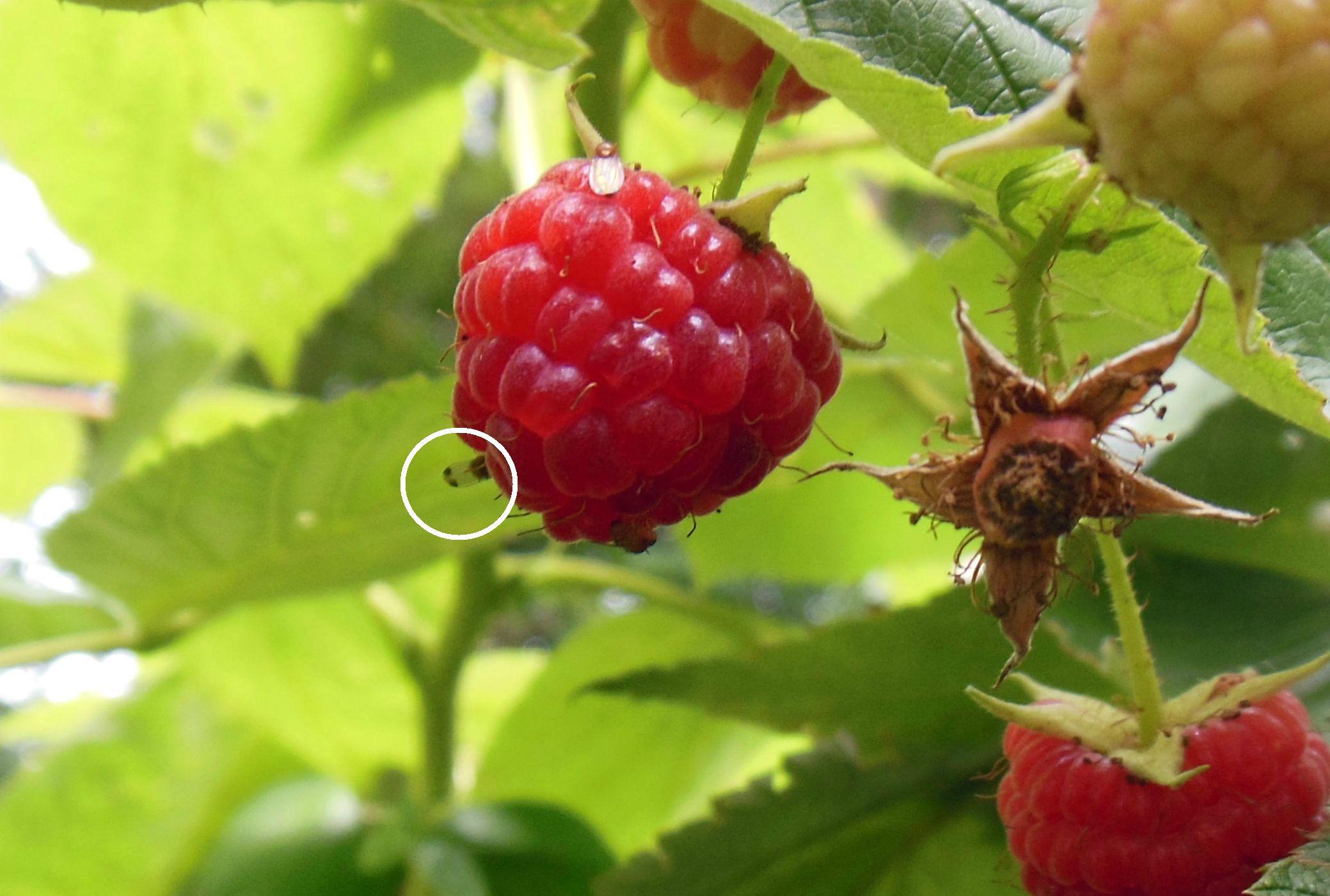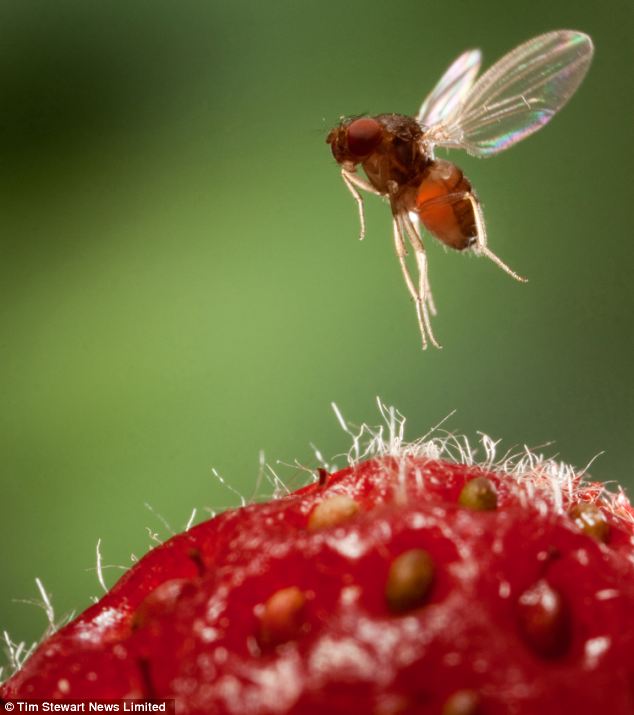Losing a harvest can devastate a farm
When the thought of crop loss comes to mind, it’s common to think of drought, flooding or hail, as these are certainly devastating. While they certainly are the most common losses for large-scale, bulk commodity production, the same can’t be said for smaller scale fruit and vegetable production, where the factors affecting crop loss can be more variable.

Last summer, there was a tragic story about a raspberry farmer in southern Ontario, who lost his entire first crop to insect damage. Right at the point of harvesting, Millar Berry Farm discovered that Asian fruit flies had infested their fields, reducing all the fruit to mush. In spite of monitoring, there was little they could do, as there are no insecticides available to control this insect.
Ecosystem Worries
Producing crops in a changing climate will not only bring droughts and floods, it will also alter the normal patterns of insects and plant diseases that farmers are familiar with. Dr. Sarah Gurr, University of Exeter, UK, has estimated that the top 5 current plant diseases reduce crop yields by an equivalent to feed between 600 million and 4 billion individuals. Climate change will impact crop production and their ecosystems. Insect and plant disease ranges are going to shift and expand, exposing plants to entirely new areas of potential devastation. Based on Dr. Gurr’s research, stories such as the loss of raspberry crops due to Asian fruit flies could be something that becomes increasingly common.
So, what’s the solution?
Do we accept the fate of the Millar Berry Farm’s losses, that this may become the norm under changing climate conditions? If so, that means we’re facing a supply-demand constraint, losses will restrict our supply and simply (although probably not happily) we’ll pay more for our favourite demanded summertime fruits and vegetables. It’s a solution to those that are wealthy enough to be able to do so.
An option might be to develop an insecticide that would control these insects. Yet, the use of more chemicals isn’t a favourable preference expressed by consumers, not to mention that it would take a decade to develop such an insecticide.
Perhaps the better option is the ability to edit the genomes of our favourite fruit, vegetables and other crops to help increase their resistance against insects and plant diseases. Many plants have some level of natural resistance against both insects and diseases, so by editing these existing genes to be stronger or more resilient, the plant would be able to continue to rely on its natural defences. Gene editing holds vast potential to assist plants by increasing their existing traits, improving their ability to naturally resist both threats.
Can we agree on a solution?
The challenge is whether environmental non-governmental organizations (eNGOs) will allow this. It doesn’t look promising. European-based eNGOs have been heavily lobbying politicians, regulators and policy-makers for nearly three years to classify all gene editing technologies as GMOs as they know this term resonates with the public. While eNGOs may feel they are representing environmental interests, science is doing the same thing, from a different perspective. Many eNGOs don’t want to see chemicals, gene editing, or even large scale farming in our environment. Whereas science is looking at how to save the environment we already have, by improving practices and maintaining food, resources and economies. What would you prefer, an eNGO world with reduced food and unknown environmental conditions, or a science that maintains our environment and food supplies?
I’m in no position to tell the public what to do, however, I can inform the public as to the cost of their actions and inactions. Allowing eNGOs to ban these technologies will impact all of us as we pay higher prices for our favourite fruits and vegetables. This becomes a larger issue the further removed one is from moderate temperature zones as those of us in northern climates don’t have year-round access to locally produced fruit and vegetables, we rely on imports from large-scale agriculture producers. The real and totally hidden cost is what will the impact be on children’s health as low-income families are even less able to purchase essential fruits and vegetables for their children? Raising a population with reduced health adds even more to the cost society has to pay from eNGOs lobbying against improved fruits and vegetables.


